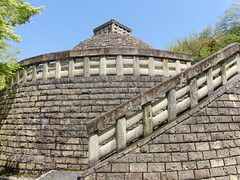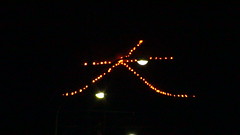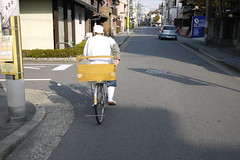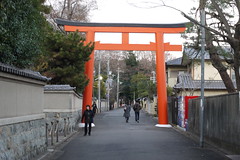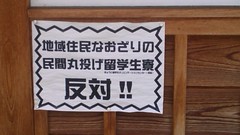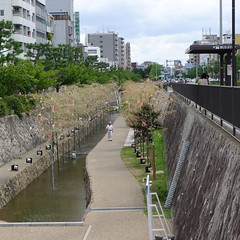One of Japan's main peace, renewable resources, vegetarian, campout, live music, hippie confabs is now taking place in the mountains of Shiga Prefecture, which is just across from Kyoto.
The annual Yamauta festival features live music, workshops, and lots of family fun.
The three kanji that make up the title mean "mountain," "water," "person."
Yamauta runs until September 16.
Admission is not free. A pass for the entire two weeks is 6,000 yen (4800 if bought online in advance). A day pass is 3,000 yen.
The easy non-environmental way to get there is drive in your own car. For those not driving, access from Kyoto Station is:
1. Take the JR Kosei line from Kyoto Station JR Adogawa Station (about 30 minutes).
2. Change to the Ewaka bus Kutsuki Line and get off at "Kutsuki Shisho Mae - Bus stop"
3. Take the Takashima community bus from there to "Oisugi bus stop."
4. It is about 15 minutes on foot from there.
For the ironmen and women out there, it is 45 km on a bike from the Imperial Palace in Kyoto. We have done the ride to Ohara, which takes about 45 minutes, but have not gone beyond that point.
It would be hard riding on mountain roads. Godspeed.
View Yamauta Festival Map in a larger map
© CycleKyoto.com

